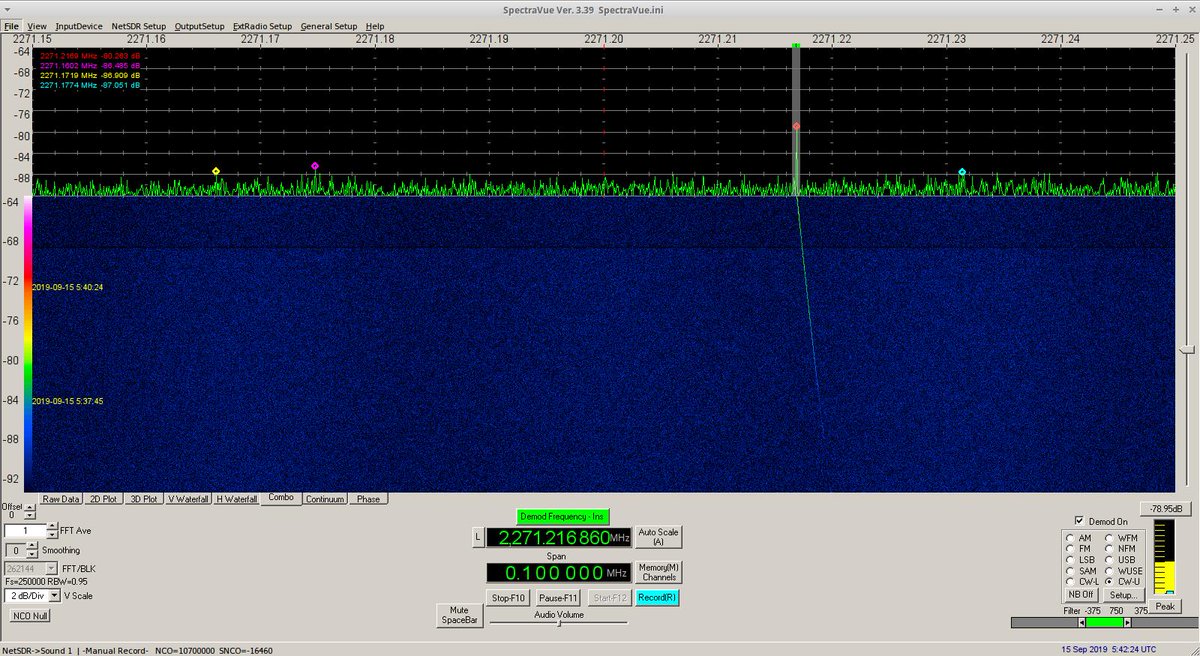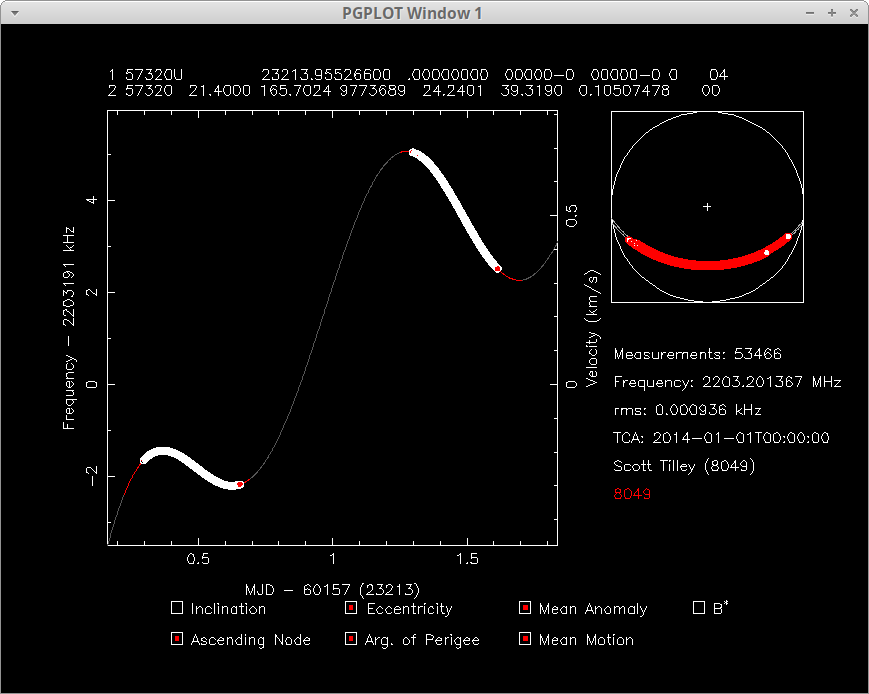Good evening all, nothing new to report here. Just getting acquisition of signal on @LRO_NASA now. Shouldn't be too much longer before the moon completely clears the trees and we can begin listening seriously. 

I use @LRO_NASA and CE5T1 as alignment references to ensure the large dish is aimed properly as it's field of view is rather narrow.
First detection of the #Chandrayaan2 orbiter this evening. All looks normal there. #Queqiao is also visible down the band a bit. So lots of space traffic around the moon this night. 



For those wondering, I have multiple radios recording data so as I show you interesting things away from #VikramLander's frequency I'm still recording there.
Here’s some of the hardware used. A pile of raspberry pi computers do some of the heavy lifting for tracking the antennas. 







Here’s me making some parts of it.
Here's a clip of #Chandrayaan2 orbiter from a few moments ago. Good signals from her this evening.
Yes that's a pickup truck tire jack I used for declination control.
Just checked in on the #VikramLander uplink frequency and Goldstone is quiet (so far) this night. 

Huge signal from #LRO_NASA as she descends behind the lime of the Moon. 

As I head of to bed, here's a wonderful recording of #Chandrayaan2 orbiter sending a strong signal from the Moon. No signals so far from #VikramLander. Good night all.
And a preview to tomorrow's orbital analysis of #Chandrayaan2. The plane of the orbit is still fully visible from Earth and amplitude of signal frequency is lower than yesterday so this could last a couple of days... 

This is the orbiter :-)
The Sun ☀️ bursts out from behind the clouds during a late summer 🌧 storm and creates some great visuals.
• • •
Missing some Tweet in this thread? You can try to
force a refresh























